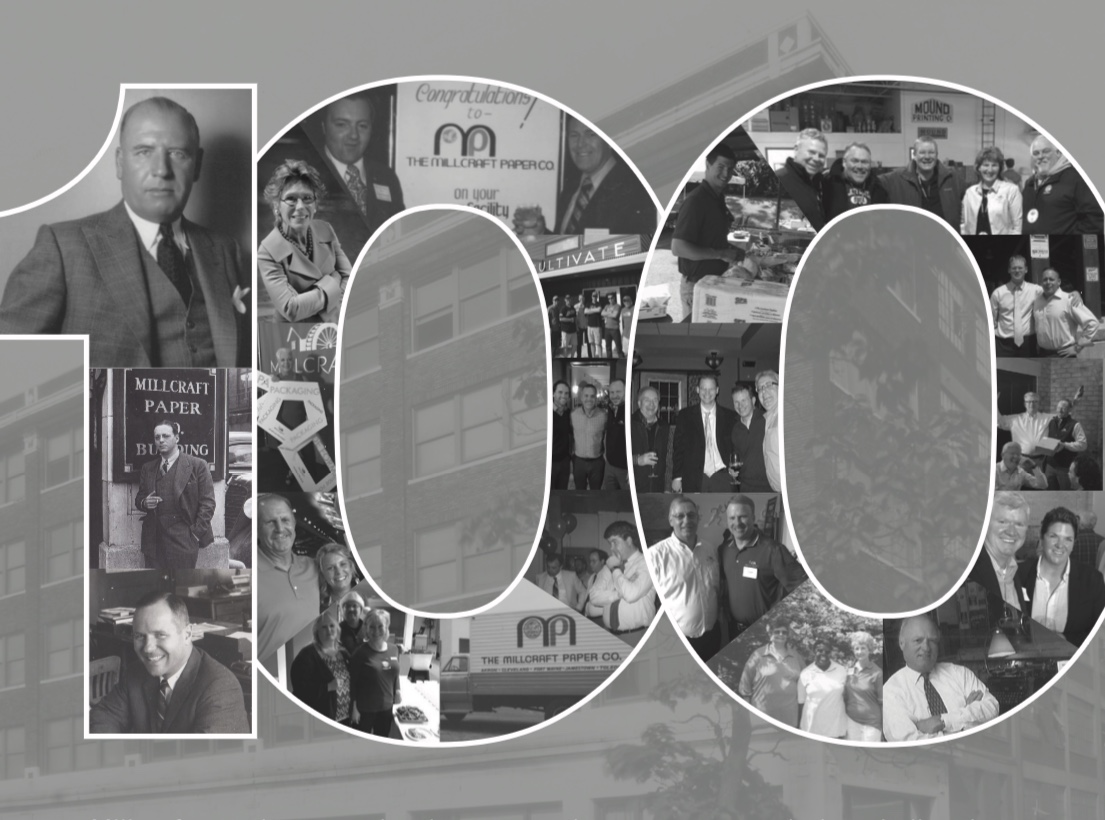Prior to COVID-19, evaluating suppliers was essential to operating a profitable business. As every business has been up ended during this crisis, the need is even more critical. This is especially true for the commercial print industry. Price alone is not enough to sustain the business climate the print industry is facing. Printers need to take a holistic approach in evaluating suppliers, examining all categories of business. Here is part one of a two part series on evaluating supplier relationships in the new normal, post COVID.
Evaluating Suppliers
Pricing
It is a given that pricing be competitive, but is that cost your true cost? Time is money. So, start by examining how much time it takes shopping for the lowest price. Many buyers shop an order to three suppliers, usually via email or phone call. If each inquiry takes ten minutes to get pricing, that’s thirty minutes to shop one project; multiply that by the number of projects estimated daily and that’s up to twenty hours a week spent shopping price. Would a single-source approach with pre-determined pricing be a better option? Could you re-allocate that half week time savings on areas to help grow the business?
Inventory Management
For a single-source approach to work, your supplier needs to have the inventory the job requires, otherwise the benefits are non-existent. It is important to measure the level of investment the supplier has made in local inventory. For example, at Millcraft we have increased our local inventories 50%, with an investment of $22 million in total inventory. So why does this matter? As we’ve experience with COVID, unexpected interruptions in the supply chain can have devastating effects.
Working with a supplier invested in local inventory mitigates any unforeseen interruptions. Given the extreme tightening of project deadlines, immediate availability of crucial materials, like paper, is critical in winning and maintaining business.
Finance
The overall financial health of a supplier in another KPI to examine closely, especially in a market fraught with instability. As the commercial print industry and its suppliers continue to consolidate, aligning with a supplier based on price alone is not a sound strategy under normal conditions – let alone in the market we are currently operating in. The level of transparency by a supplier may vary, but there are tell-tale signs like capital investments, product diversification, recruitment and retention, and investments in technology that are good indicators to the financial health of a supplier.
Check back next week for part-two in Evaluating Supplier Relationships in the New Normal.

